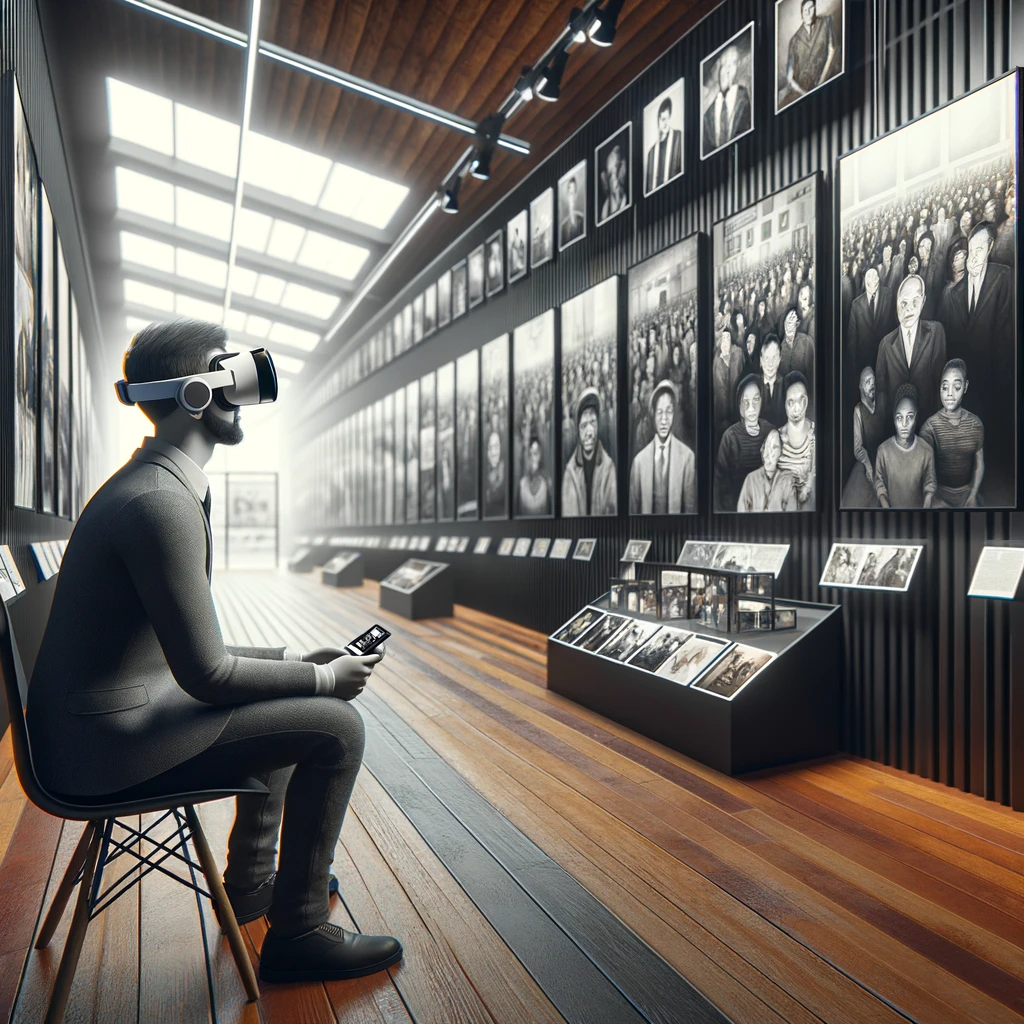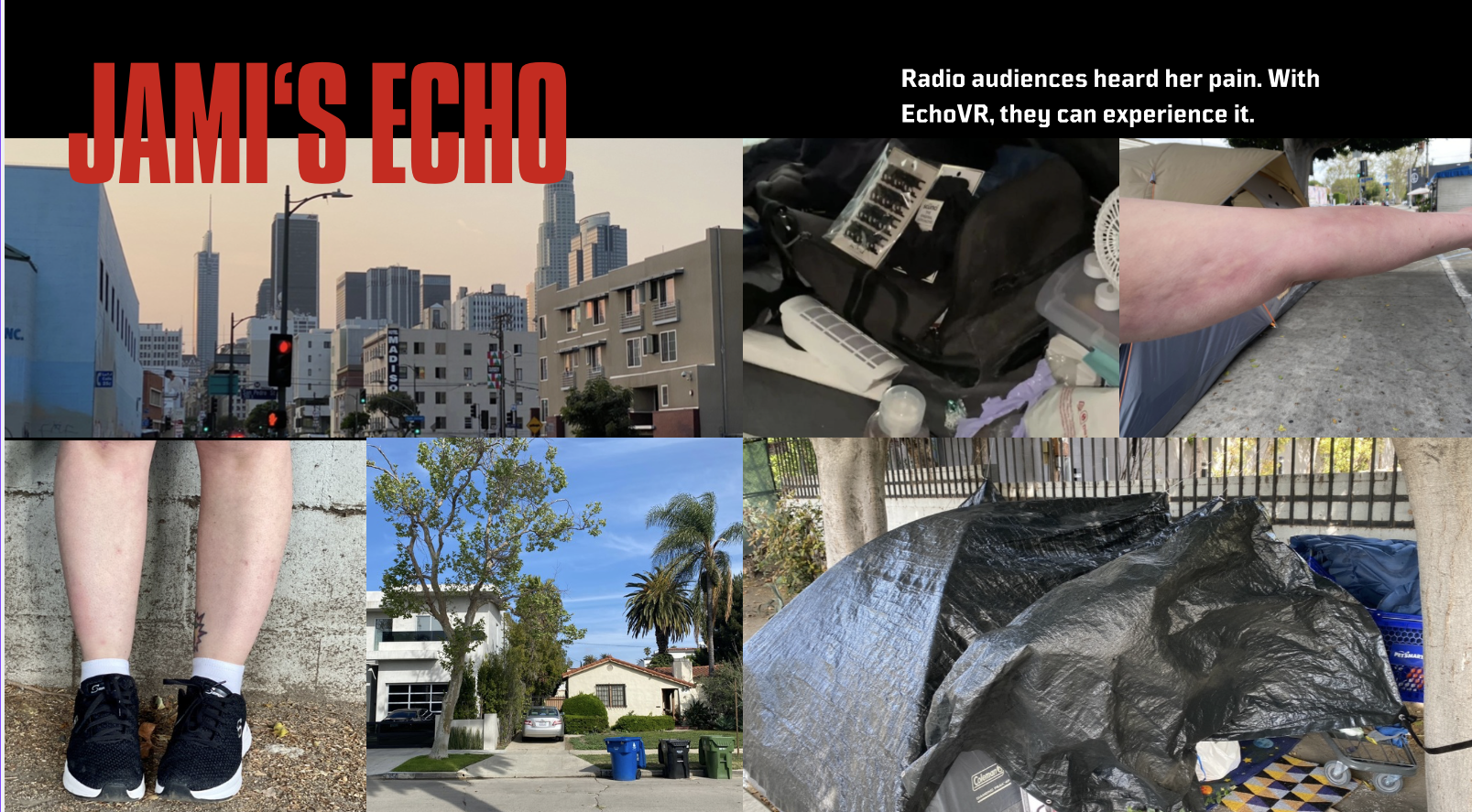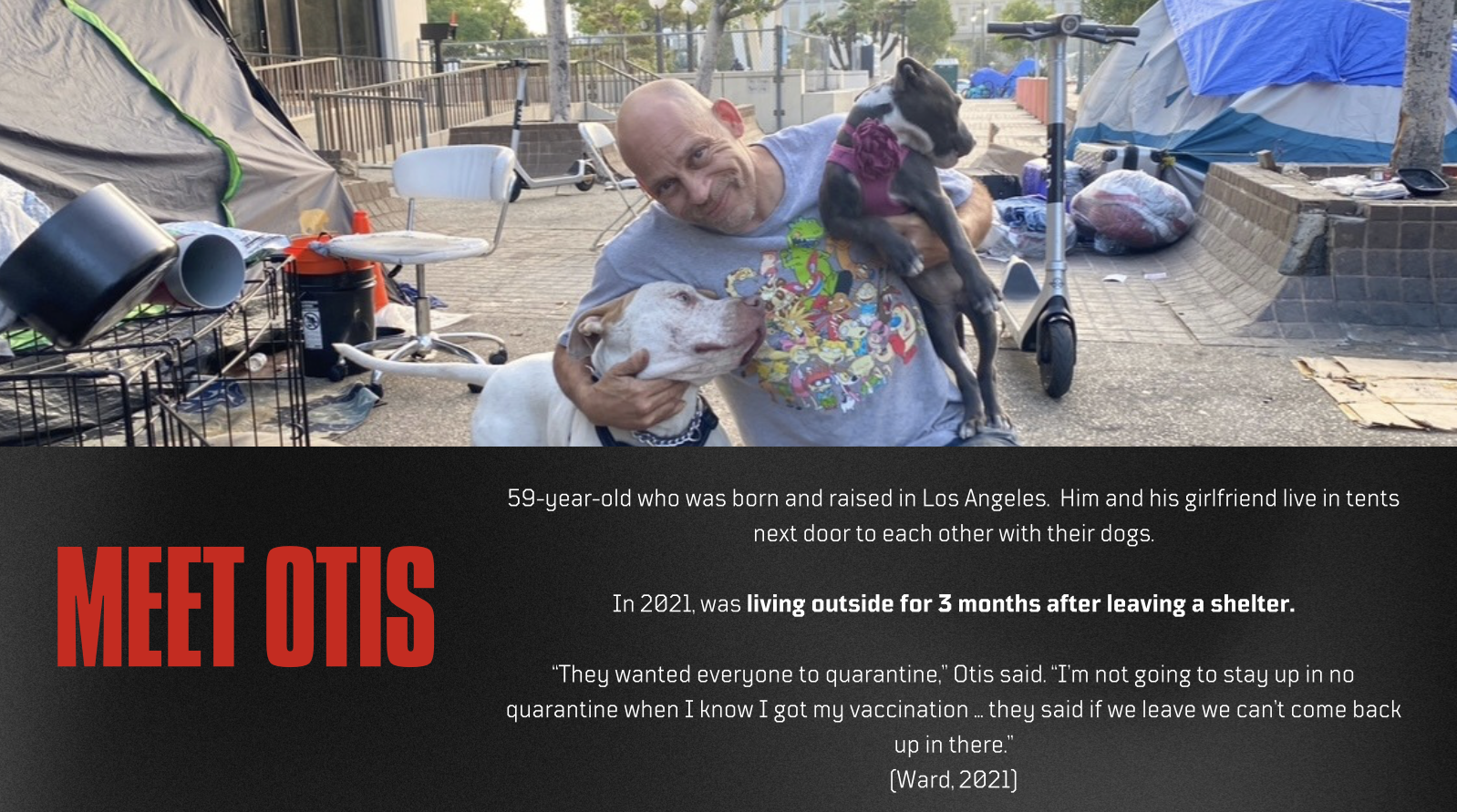
Time Capsule VR: Preserving the Voices of Marginalized Communities Through Immersive Storytelling
Role: Lead Researcher & Strategist
Overview & Problem Statement
In many cases, the stories of marginalized communities, such as LGBTQ+ individuals or people experiencing homelessness, are either ignored or erased from history. These communities face systemic challenges that limit their ability to share their lived experiences, particularly in a world increasingly dominated by digital platforms. Time Capsule VR aims to provide a solution: an immersive platform that preserves the stories of marginalized individuals for future generations. The platform allows users to record and store their stories in various media formats, including text, audio, video, and immersive VR experiences.
The challenge was to design a platform that would be accessible, engaging, and ethical, while using emerging technologies to foster empathy and understanding between storytellers and their audiences.

Impact & Recommendations
-
Mobile-First Design: Based on the feedback and technical feasibility, the platform was designed with a mobile-first approach, ensuring that users could record and upload stories via smartphone, regardless of their access to VR hardware.
Making the platform accessible via mobile means more people can engage with it, especially marginalized communities who may not have access to high-end VR devices.
-
Blockchain for Secure Preservation: Blockchain was recommended to provide secure, immutable storage for the stories shared on the platform, ensuring that they remain authentic and untampered with for future generations.
Blockchain technology not only preserves the stories but also builds trust among users, who need to know that their narratives are protected.
-
Empathy-Driven VR Experiences: For users with access to VR, immersive experiences allowed others to "step into the shoes" of marginalized individuals, fostering deeper empathy and understanding.
Immersive VR storytelling can enhance the emotional connection between the storyteller and the audience, making the stories not just heard, but felt.
Research Process
Given the importance of accessibility and ethical storytelling, my research adopted a user-centered design process and emphasized participatory research with marginalized communities. My goal was to ensure the platform provided an intuitive, user-friendly experience, while safeguarding the sensitive and often personal narratives shared by users.
Research Questions
Question 1: How can we design a digital platform that ensures marginalized communities can preserve their stories in a way that is secure, accessible, and impactful?
Question 2: What ethical considerations are involved in curating and presenting stories that reflect the lived experiences of marginalized groups?
Question 3: How can immersive technologies like VR be used to create empathy and deeper understanding among future generations, ensuring that the stories of marginalized voices are not forgotten?
Methods
Competitor Analysis
Analyzed existing platforms dedicated to preserving historical and cultural narratives, such as the USC Shoah Foundation's Visual History Archive, to identify gaps in current storytelling platforms. These platforms lacked inclusivity in terms of both technology (e.g., no VR features) and accessibility for marginalized voices.
Qualitative Research
Conducted informal discussions with LGBTQ+ community leaders and social justice advocates to understand the cultural and historical significance of storytelling within marginalized communities. This guided the creation of a platform that documented stories and did so in a way that was sensitive to the needs of its users.
Technical Feasibility & User-Centered Design
Explored how technologies such as blockchain could ensure the authenticity and immutability of the stories. My focus was on making the platform mobile-friendly, ensuring that people with limited access to high-end tech like VR could still use the platform via smartphones, which are more commonly used by marginalized populations.

Findings & Insights
-
Emotional and Cultural Significance
Community leaders expressed a strong desire for a platform where their stories could be shared with future generations without distortion or misrepresentation. The ability to preserve these stories digitally was seen as empowering, especially for individuals whose voices are often erased from mainstream historical narratives.
-
Technical Feasibility & Accessibility
While VR was an exciting feature for creating immersive experiences, access to VR devices posed a challenge for many in the target user group. By focusing on a mobile-friendly interface and adding the option to contribute stories via text or audio, the platform ensured that everyone, regardless of tech access, could engage with it.
-
Security & Trust
Blockchain technology offered an ideal solution for securely storing stories. This technology ensured that the narratives could not be altered, and that users maintained control over how and when their stories were shared.
Reflection & Lessons Learned
This project highlighted the delicate balance between cutting-edge technology and ethical, human-centered design. While VR has immense potential for creating empathy-driven storytelling experiences, ensuring accessibility and security for marginalized communities is equally important. I learned that the most impactful digital platforms are those that prioritize inclusivity, allowing people of all technological backgrounds to share their voices. This project reinforced my belief that technology should serve people—especially those whose stories have historically been silenced.

